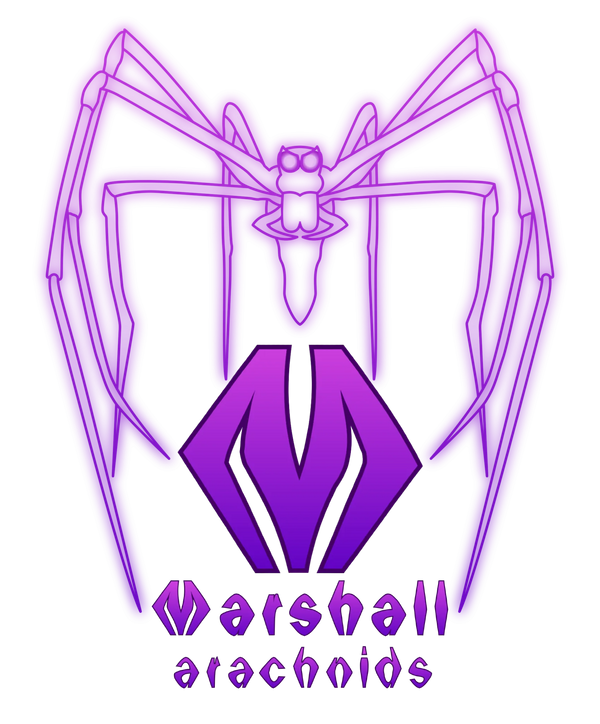ghost mantis care guide
description
the ghost mantis (Phyllocrania paradoxa) is a beautiful cryptic mantis species from Africa which closely mimics dead leaves and twigs. Colors can range from nearly black, to dark brown, beige, or bright green. The ghost mantis is one of the most popular species in the hobby due to its ease of care and breeding.
-

subadult female
-

mom with L1 babies
-

adult male
natural history
coming soon!
enclosure design
Male and female P. paradoxa reach similar sizes at maturity, typically around 2.5-3" long. They have thrived in our care in both mesh enclosures and in well-ventilated glass enclosures, such as the Exo Terra brand “Nano Tall” 8" x 8” x 12” enclosure. You may choose to use substrate or not; the mantis likely won't mind either way. We like to provide lots of secure and rough-textured climbing structures like thin sticks, twigs, and dead leaves for the mantises to perch on. We set up nymphs in enclosures approximately 4x4x7" individually or 8x8x12" communally until adulthood. Be sure to choose a ventilation type that will not allow small prey items (i.e. fruit flies) to escape.
maintenance
At Marshall Arachnids, we strive to take each species’ natural history into account when designing and maintaining vivaria for our spiders. We provide our P. paradoxa nymphs and adults with a daily thermal gradient of about 72 to 82°F, with the top of the enclosure being the warmest. Nighttime temps drop no lower than 65°F. We mist our mantises daily, and observe them drinking the fresh droplets almost immediately after. Nymphs are fed daily or every other day (pinhead crickets or fruit flies), while older nymphs and adults can be sustained on larger prey for longer. Take any uneaten prey out by the next day or if your mantis is chunky. Mantises may choose to hang upside down and show a swollen abdomen when preparing to molt, and may also repeatedly refuse to eat. Mantises need to hang upside down to allow gravity to help pull them out of their molt, and it is very important that they are not disturbed during this process as they may fall and be unable to finish molting properly. Most ghost mantises are ready to eat by the day after they finish molting.
fun fact! the color forms of the ghost mantis may be due to genetics or environmental conditions, or possibly a combination of the two.






